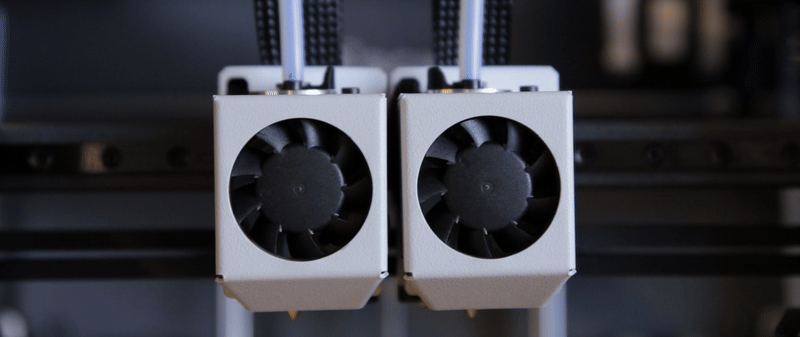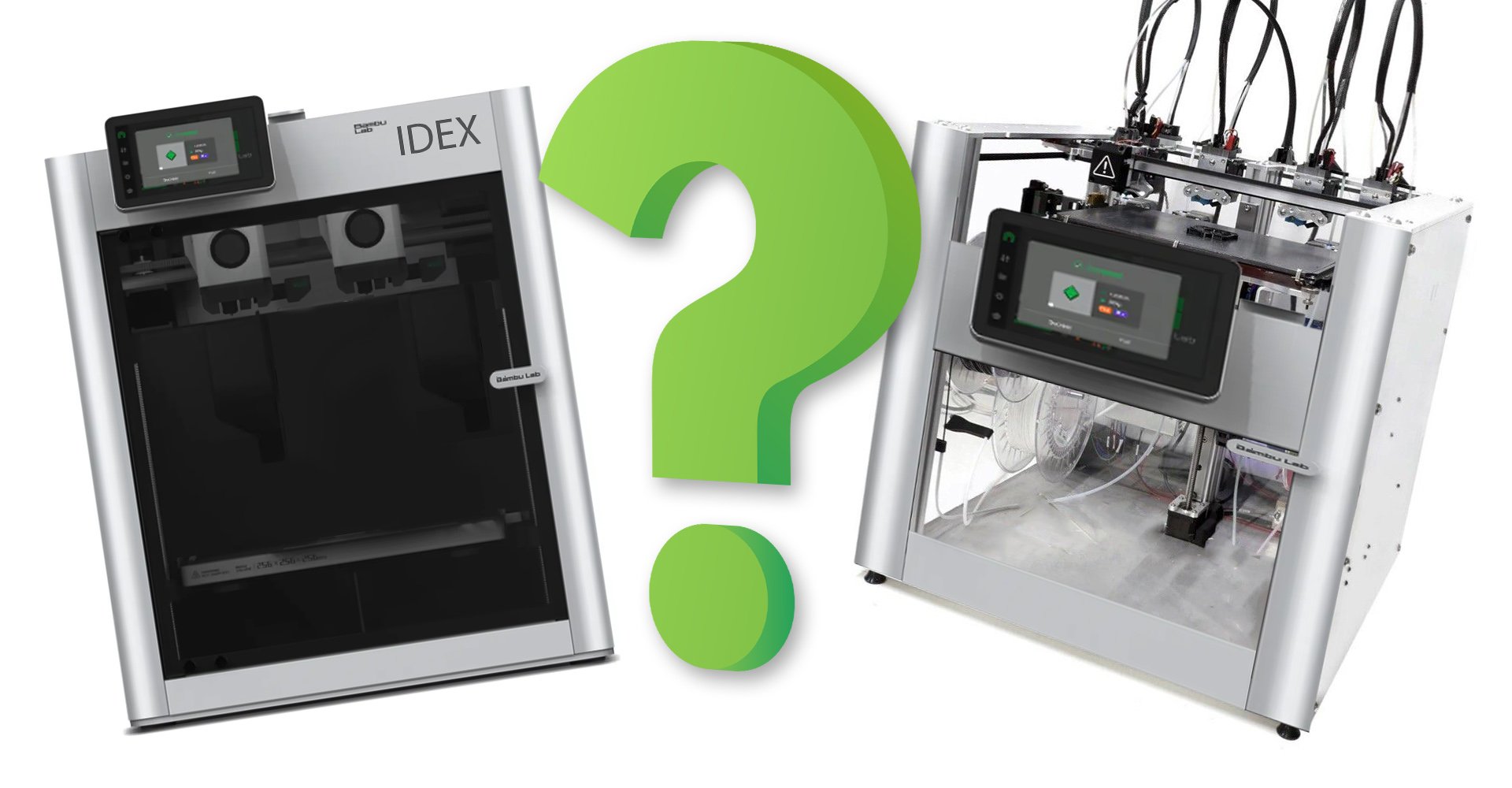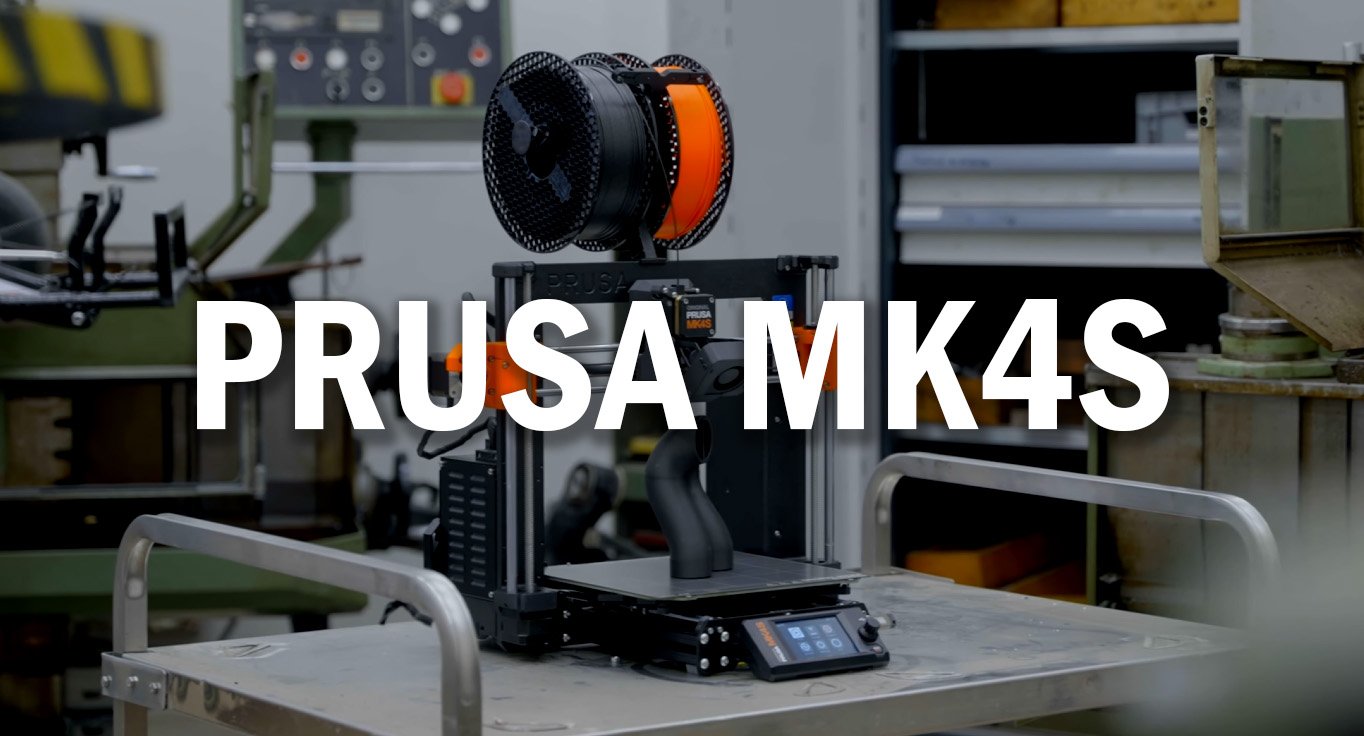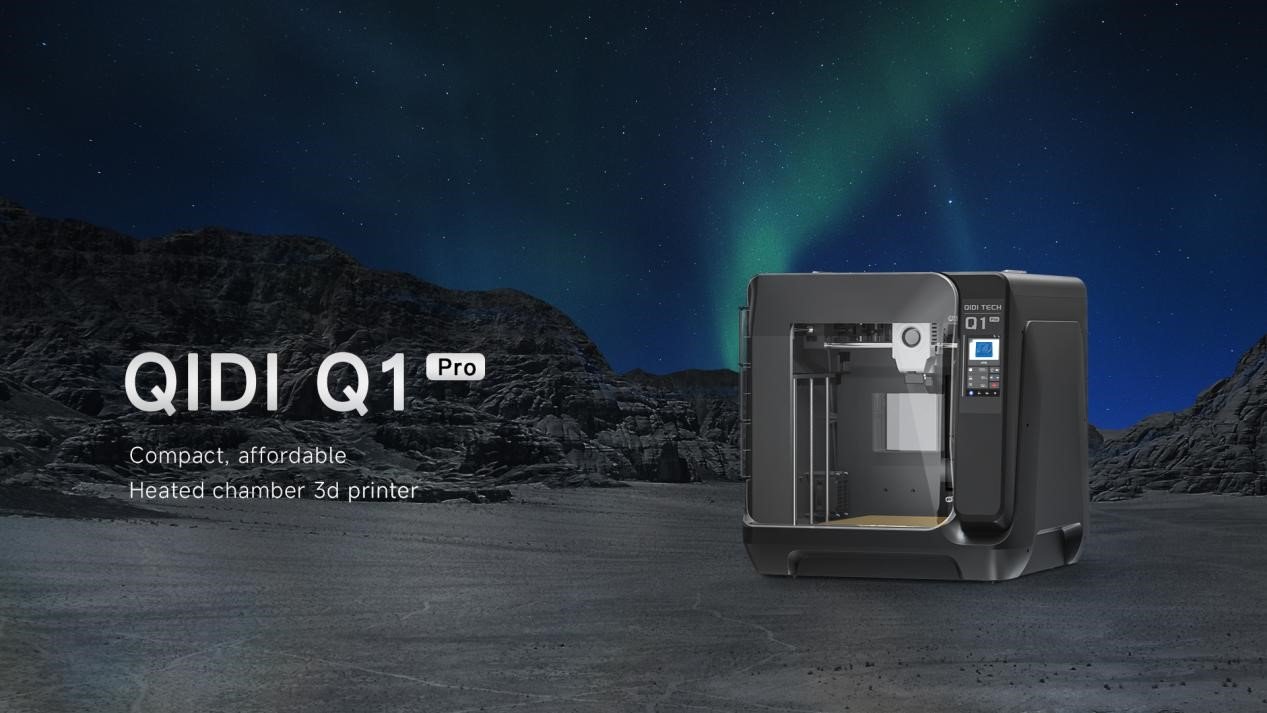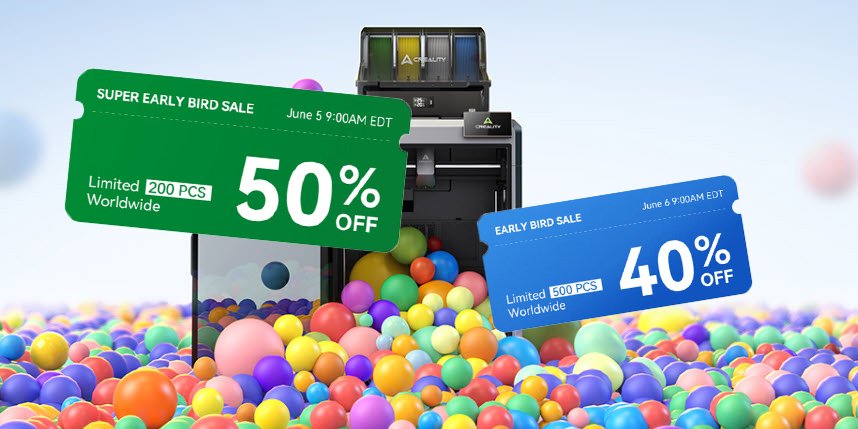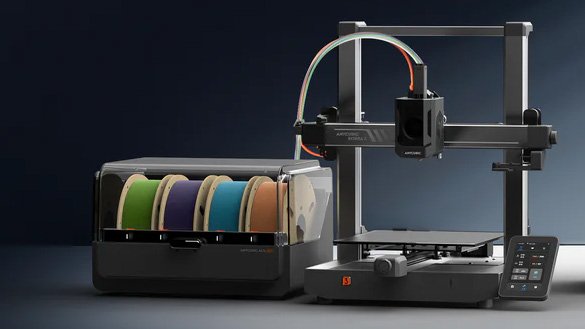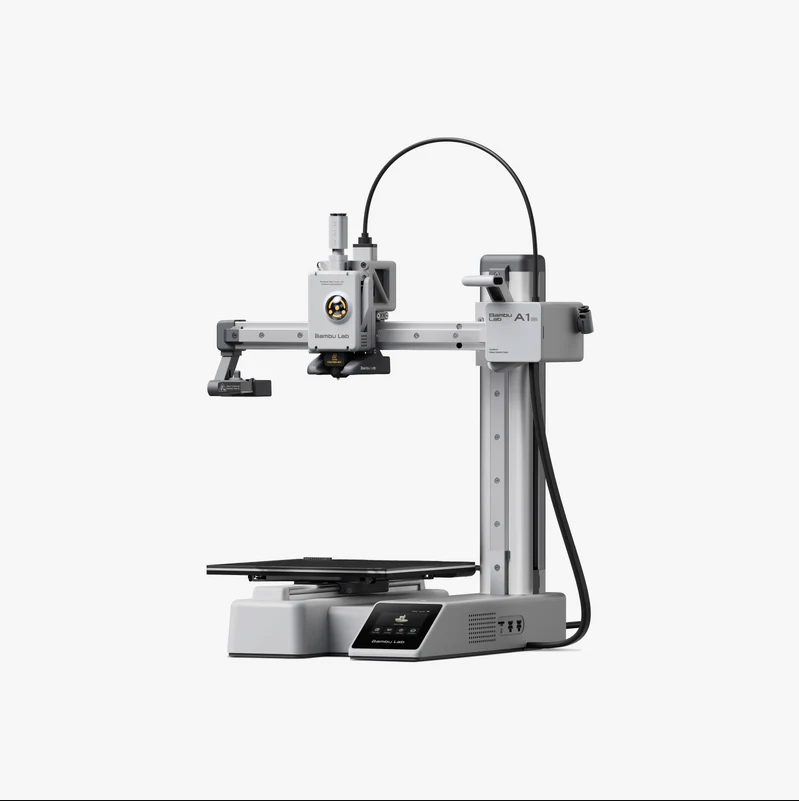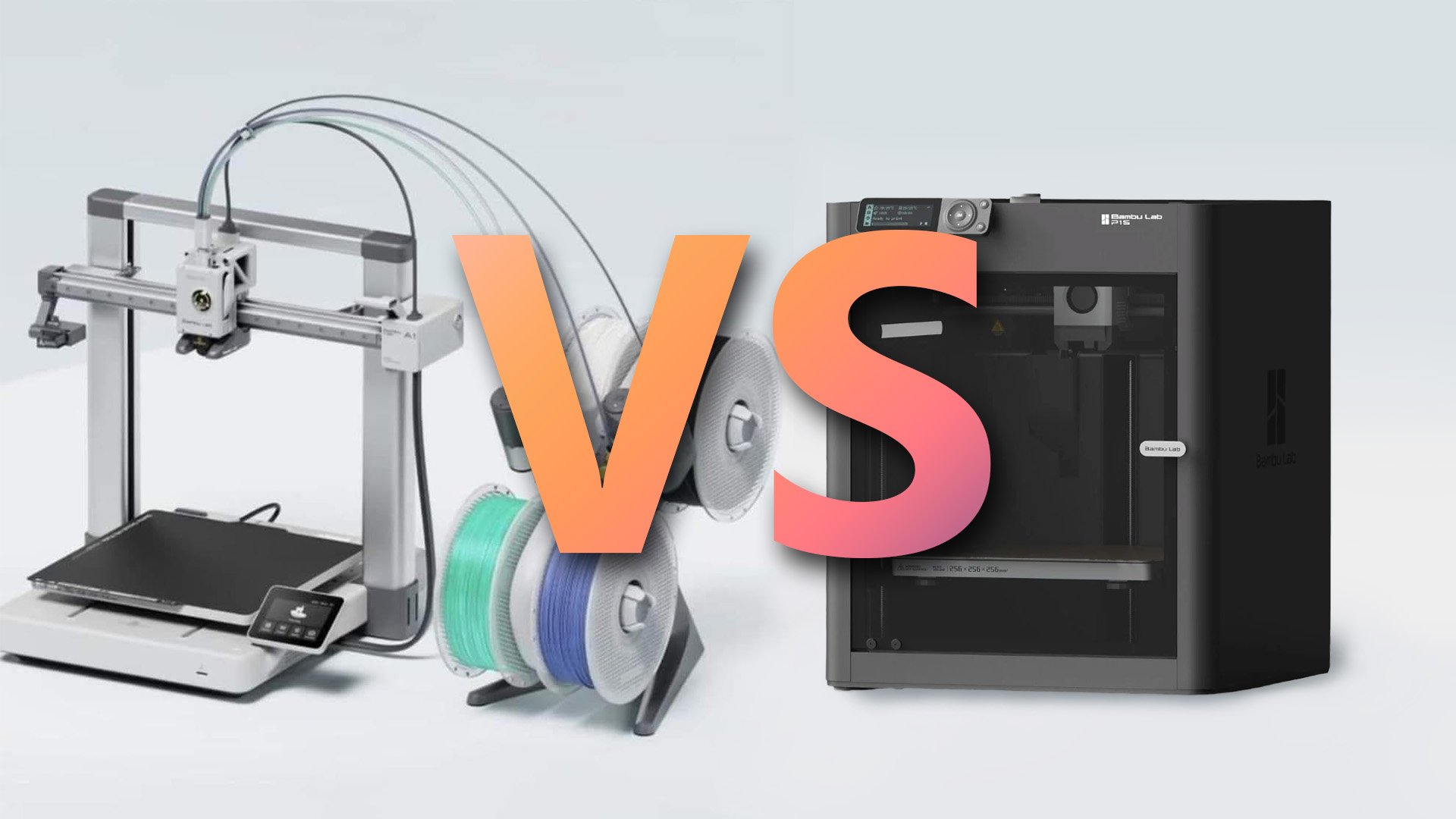Will Bambu Labs next 3D Printer be an IDEX?
Photoshopped images to illustrate what an Bambu Lab IDEX or Toolhead swapper could look like.
Bambu Lab have long hinted about a new flagship model coming out in 2024.
Earlier, we’ve speculated about this being a C-series printer, but those images appears to be AI-generated or just faked. Now, Nathan Builds Robots (in this video) say he has anonymous sources confirming it will be a “multi-tool head color changing 3D printer” coming from Bambu Lab in 2024.
You might directly think that this is a Prusa XL style 3D printer with 1 gantry moving around and picking up parked tool heads for different tasks, or something similar to the e3d Toolchanger that’s now been discontinued. But the term Multi-tool head could mean a few different things.
Before we try and figure out what Bambu Labs will do, let’s have a look at the different multi head/Multi material printing methods for an FDM 3D printer.
Today there are mainly 5 methods of printing with different materials in a FDM 3D printer.
The first being the slowest, removing the filament and loading another color or material through the same tool head.
Like Bambu Lab printers with AMS are doing, or if you use a prusa MMU. These are “easy” to implement but offers less options in terms of materials and settings like nozzle size (since it’s the same nozzle). Filament that leave residu or different temperatures can be troublessome.
4 AMS coupled together into one Bambu Lab 3D Printer, offering 16 colors/materials combo.
2 - You can also use a Palette-style system that cuts and splices (welds) filament colors together into one controlled line of filament. This is fast to print, as you’re just extruding continuously, but you still need to “purge” the nozzle as colors still mix in there. This basically only works well with the same type of materials.
Palette 3 Pro where up to 8 materials enters from the lower left, and can be spliced together into one colorful filament going out the upper right.
3 - The next style of multi material comes by using two extruders and hotends on the same gantry. Similar to these old systems from Makerbot. This results in heavy gantries and tool heads, making printing slower and it takes a lot to move the print head around.
The nozzle that is not in use is also “in the way”, meaning the printer quickly “catches” onto printed parts that then slightly deforms, leading to failed prints if you have any warping. The benefit is that you can combine any material, nozzle size and temperature that will stick to each other.
MakerBot replicator 2 with two extruders next to each other.
4 - The fancier version is something Stratasys and Ultimaker is doing, where one of the hotends move up when it’s inactive. This removes the problem that one nozzle catches onto the print.
While oozing (when a material boils inside the nozzle and oozes out) is still an issue, meaning you can get incorrect color on your model, like in this example from an early release Ultimaker 3.
Stratasys Fortus 450mc nozzle moving out of the way example.
Notice the white in the red areas, and red in white. These are small parts extruded thanks to oozing.
5 - Next up is to separate the two print heads. This is where IDEX comes in. You have two print heads that can move freely on one axis. So for example on the BCN3D Sigma, two print heads are attached to the same axis, but can both move out of the pring volume when the other one is working.
The “parked” print head can purge and cool down individually before being engaged. This is a quite good system as it allows for multiple tool head types, nozzle diameters, temperatures, colors and materials without any real drawback expect for the extra weight.
Another bonus is that if you divide the print surface into two on the same axis as the tool heads, you can print two copies of the same object at the same time (or one mirrored!).
This is how the toolheads can move independently on the same axis in an IDEX system.
Lastly, the whole "Let’s swap the tool head” might be the coolest system, reminding of us CNC machines with automatic tool changing.
Basically you detach a print head and swap it for another during print. Meaning you save on weight while still have all the other options like different nozzle size, materials and temperatures. This is still a fast way of doing it, but the complexity is quite high.
Video sequence from "Lost In Tech" Youtube video linked here.
What Multi-tool 3D printing system could Bambu Lab go for next?
Unless they invent something new, it’s likely Bambu Lab will go with either IDEX or Tool swapping as their flavor of “multi-tool head color changing 3D printer”. These are the best options and both are achievable on scale.
Bambu Lab have proven themselves as great enablers for less technical users and have optimized their system to print fast, reliable while still at great prices. They are able to overcome hurdles and technical challenges.
However, the Prusa XL-style of swapping the tool heads completely is quite complex and has taken them (Prusa) a long time to get to this level.
IDEX seems like a great option for Bambu Lab to go for with their excellent motion control knowledge, but when compared to full 1-5 tools being changed, it doese’t sound that fancy.
But will the complexity of a multi tool swapping system become achievable at the price point and size we all want?
Does it all add up into a great 3D Printer?
Well, yeah! But the problem is who will be the target group for Bambu Labs multi tool swapping machine?
For Prusa, it’s definitely not the consumers, its for more enthusiast and professionals which the price also reflects. It costs a lot to develop and the complexity adds a need for a higher price covering everything from support to shipping.
If Bambu Lab went with a “traditional” IDEX system they would be able to implement it much easier with current machine design and tooling. Their excellent tech for motor noise cancelling, vibration dampening, stability and high-speed movement system would also mitigate the major drawbacks of the extra weight being moved around. While still being a cheaper product to produce on scale.
Bambu Labs reputation kind of “require” them to have some sort of plug-and-play system, which should be much more achievable with an IDEX system, so I think they are coming out with a “just works IDEX” system. Compatible with the AMS.
But, wouldn’t it be cool if I’m wrong and they are coming out with a $1999 4-tool changer printer at 300x300x300mm with new AMS version, backwards compatible with P/X series?!
We’ll keep you updated when we hear anything more!







